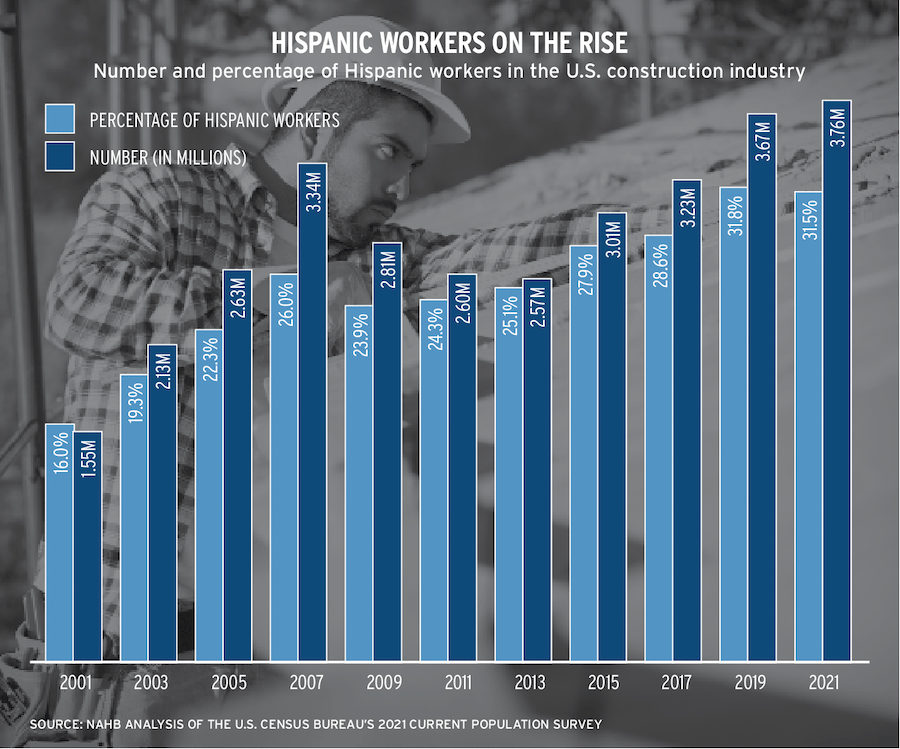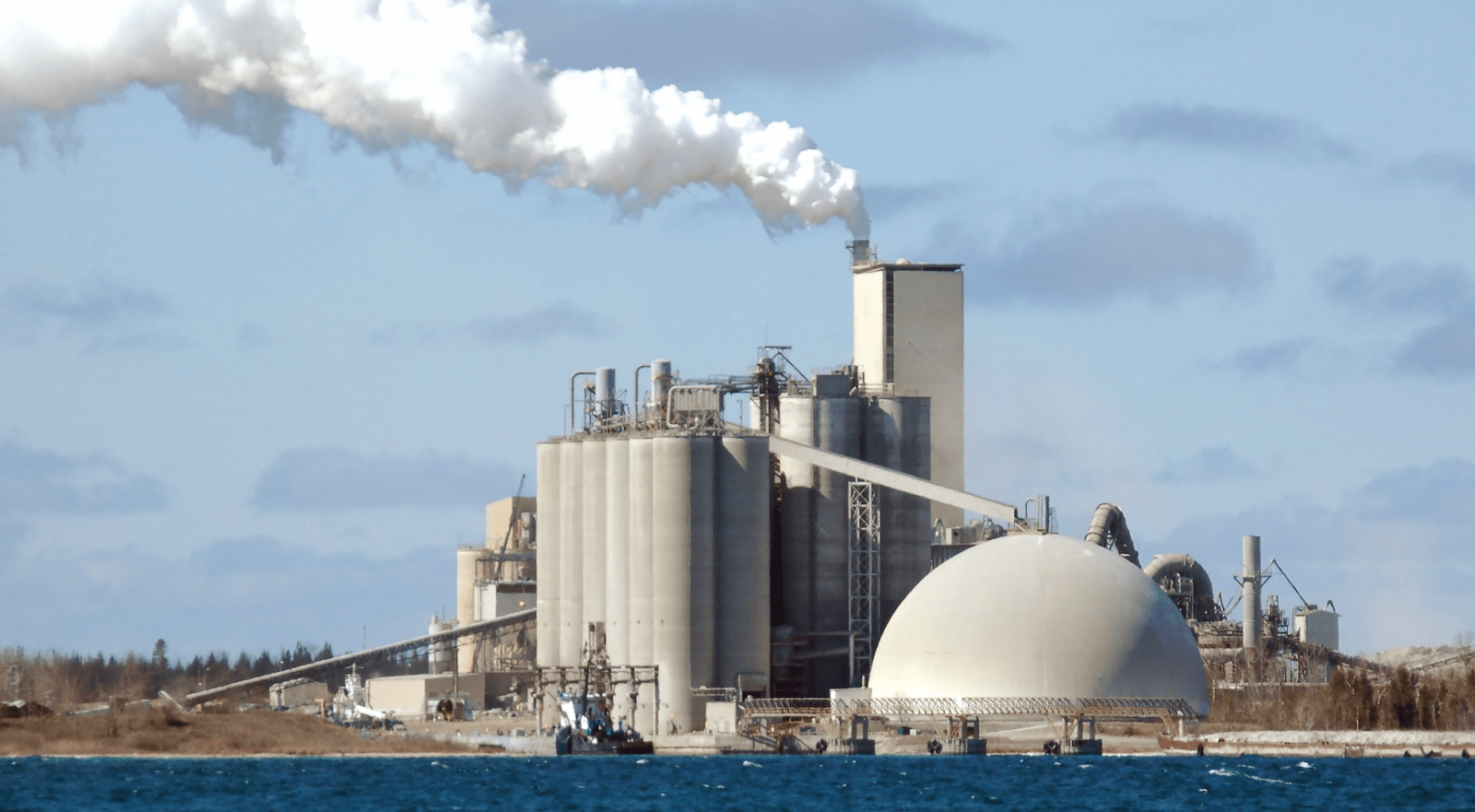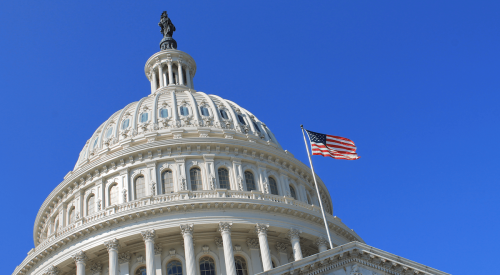The Supreme Court’s recent decision in West Virginia v. Environmental Protection Agency could significantly affect federal agencies’ ability to expand regulations beyond the authority granted by Congress. In a 6-3 majority led by Chief Justice John Roberts, the court voted to restrict the EPA’s ability to regulate carbon emissions, stating that the EPA exceeded the authority of the Clean Air Act when it promulgated the Clean Power Plan (CPP) during the Obama administration.
The decision’s main relevance for the National Association of Home Builders is its discussion of the “major questions doctrine,” an administrative law principle, which holds that unless Congress has clearly stated its intent for a federal agency to exercise its authority to regulate an issue, courts must reject the agency’s approach. In this case, the Court said the EPA asserted “highly consequential power beyond what Congress could reasonably be understood to have granted.”
RELATED
- Have a Hearth, Just Make Sure It’s EPA Certified
- Imagining a Different Regulatory Paradigm for Home Building
- NAHB Chairman's Message: Regulations Add $93,870 to a New Home’s Price
The Supreme Court’s application of the doctrine in this case will help NAHB’s advocacy on behalf of its members in circumstances where an agency attempts to create new regulatory programs that depart significantly from statute. In its original form, the CPP contained provisions that would provide incentives for adopting stringent energy efficiency building codes for new construction. But the original never went into effect, with most deadlines and goals met through market forces.
It was already unlikely the Biden administration would bring back the original CPP, but the Supreme Court’s ruling cements that outcome, ensuring the EPA will not be able to establish similar demand-side efficiency requirements.
Construction Worker Demographics: Number of Hispanic Workers Increasing
Almost one-third of the U.S. construction workforce is Hispanic, according to the Census Bureau’s 2021 Current Population Survey. Non-Hispanic Whites account for the majority of workers in the construction industry (59%), but 31.5% are Hispanic, and their numbers are growing (see chart, at right). By comparison, African Americans make up 5.9% and Asians just 1.6% of the domestic construction workforce.
During the Great Recession, the number of Hispanic construction workers declined by 20%, from 3.3 million in 2007 to 2.7 million in 2010. By 2017, the cohort recovered to roughly 3.2 million, slightly below pre-recession levels, and has since grown to a record high of 3.76 million in 2021, after a small dip during the volatile start of the pandemic.
Not surprisingly, Hispanic construction workers are concentrated in the South and West, where many Hispanics reside. In fact, 52% of the nation’s Hispanic construction workforce is concentrated in three states: Texas (834,000), California (808,000), and Florida (317,000).














